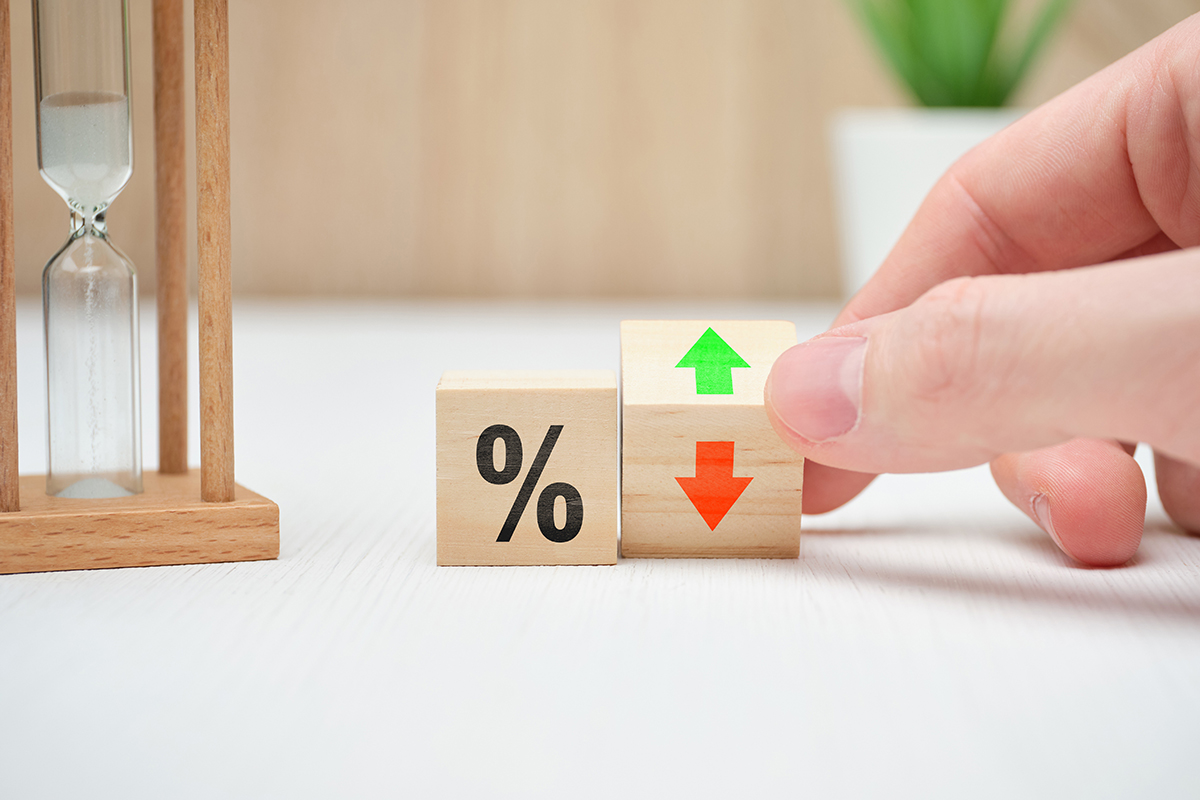Wall Street is experiencing a surge this Thursday due to speculation that the Federal Reserve might halt its interest rate hikes soon.
As of midday trading, the S&P 500 has risen by 0.9%, triggered by various reports outlining a bifurcated U.S. economy. While the job market holds strong, manufacturing sectors are showing signs of weakening, and consumer pressure is escalating. This mixed data leads investors to anticipate the Fed’s decision to hold off from increasing rates at its upcoming meeting in two weeks, marking a first in over a year.
The Dow Jones Industrial Average ascended 200 points or 0.6%, at 33,109 just past noon Eastern Time. The Nasdaq composite, rich with technology and high-growth companies, led the surge with a 1% increase. These businesses are often the prime beneficiaries of reduced rates.
The House of Representatives passed a deal to avert a potentially disastrous default on U.S. government debt. However, this move was anticipated by Wall Street, with only a potential setback in finalizing the deal potentially causing significant stock market volatility.
Market observers are primarily concerned about whether the economy will succumb to a recession before inflation subsides sufficiently to persuade the Federal Reserve to soften its stance on interest rates.
Reports released presented a complex picture. One report highlighted fewer unemployment claims than predicted, while another indicated an unexpected rise in employer payrolls last month. Both are favourable signs for workers and the broader economy, which has felt the strain of escalated interest rates. However, a robust job market might also fuel inflation, prompting the Fed to maintain high rates. A more detailed employment report is expected.
Conversely, the manufacturing sector continues to bear the brunt of increased interest rates. The Institute for Supply Management reported a seventh consecutive monthly contraction in manufacturing in May, a downturn more severe than predicted and the previous month’s contraction.
In light of these reports, traders are mainly wagering on the Fed maintaining steady rates at its next meeting in two weeks. A Federal Reserve official hinted this might occur a day earlier.
Beyond this, traders remain divided on whether the Fed will enact another rate hike at the subsequent meeting in July. High-interest rates typically curb inflation by slowing economic activity and negatively impacting stock and investment prices.
Technology and other high-growth stocks are most vulnerable to rate increases, and several large technology companies are leading Wall Street’s surge.
Shares in Apple, Amazon, and Meta Platforms all climbed by at least 1.5%. These companies hold significant influence over the S&P 500 and other indices due to their high market value.
Thus far, despite various concerns, the economy has managed to withstand due to a robust job market and resilient consumer spending. However, multiple reports from retailers indicate increasing consumer strain across all income levels.
Dollar General saw its shares drop by 19.7% after reporting disappointing profit and revenue for the recent quarter and reduced its financial predictions for the year. Similarly, Macy’s shares fell by 1% after cutting its annual expectations and underperforming sales and profit in the first quarter.
Contrastingly, Nordstrom’s shares increased by 1.8% after announcing an unexpected profit for the recent quarter, though it also reported increased pressure on its higher-income customers.
The excitement surrounding the artificial intelligence industry on Wall Street has subsided slightly. C3.ai’s revenue forecast for the upcoming fiscal year failed to impress, causing the shares to fall 11.4%, though they are still up by over 210% this year. Nvidia, on the other hand, saw a 4.6% increase.
On a positive note, Hormel Foods, whose brands include Skippy, Spam, and Applegate meats, experienced a 5% rise after reporting a higher-than-expected profit for the recent quarter.
In the bond market, the yield on the 10-year Treasury dipped to 3.61% from 3.65% the previous day. This yield directly influences mortgage and other loan rates, thus impacting the economy’s health.
The yield on the two-year Treasury, which is more sensitive to the Fed’s actions, declined to 4.36% from 4.40%.
The anticipation of a potential halt in interest rate hikes by the Federal Reserve has instilled a sense of optimism on Wall Street. While reports present a complex economic picture, traders and investors cautiously monitor updates to inform their decisions. The upcoming Federal Reserve meeting is expected to provide more evident indications about the direction of interest rates and the overall economy. Regardless of the outcome, market participants will carefully navigate these uncertain times.







